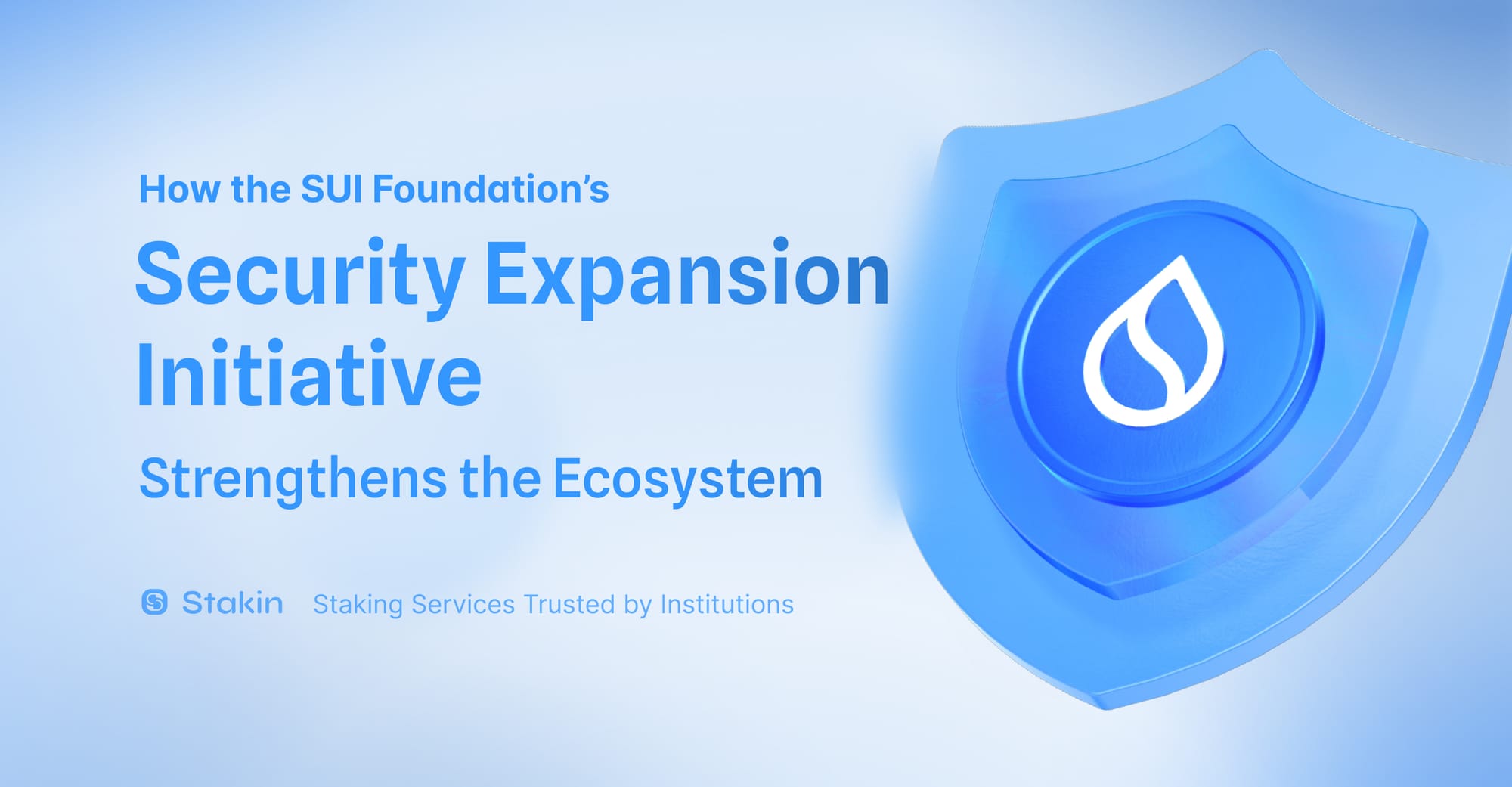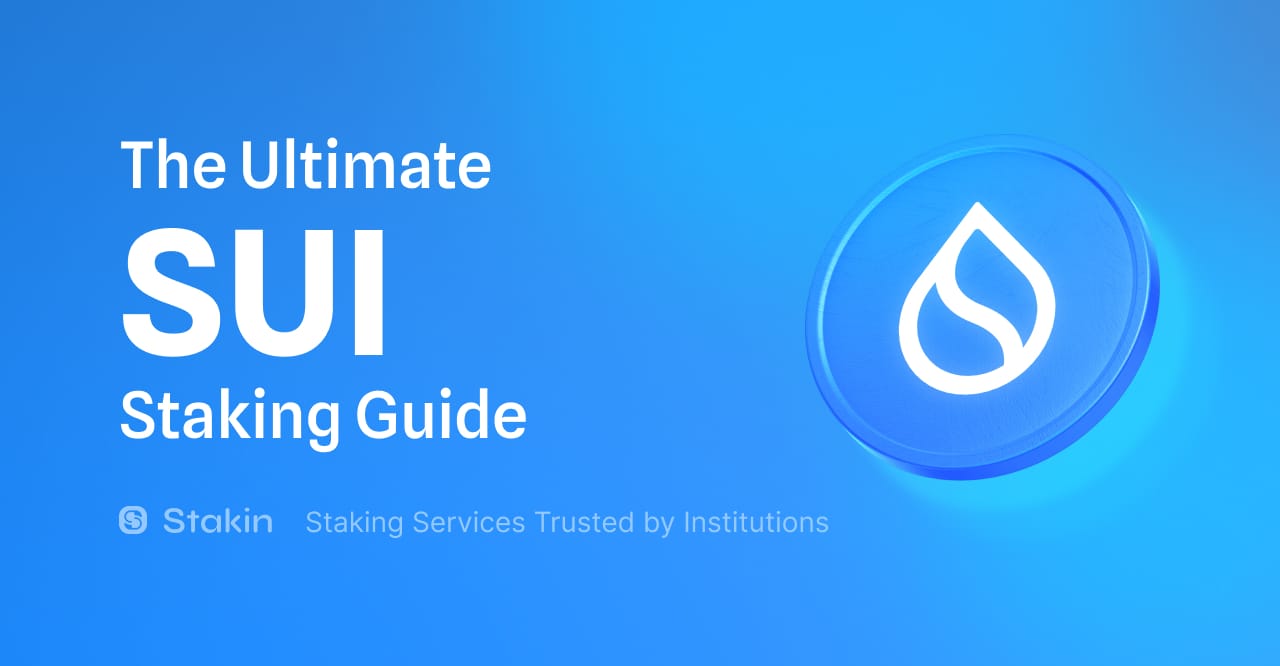In this post, we'll discuss the Sui Bridge, how it works, why native bridges are important, and what it enables for the Sui community.
What Is Sui Bridge?
While you may own assets on one chain, let's say Ethereum, for example, this doesn’t mean you can simply move them to another network like Sui. This limitation is the driving force behind a lot of work around interoperability. Interoperability is the capacity of different blockchains to exchange data, messages, and assets between one another.
The most commonly used method to do this is, you guessed it, a bridge. Now, though bridges enable interoperability, they can pose some potential risks. Those risks come in the form of security, primarily the result of two different types of bridges: trusted or trustless. Trusted bridges rely on a central authority, whereas trustless bridges utilize smart contracts for security.
Sui Bridge is a native bridge integrated into and maintained by the Sui network. This model enables the Sui Bridge to leverage the unique features and security native to the Sui network, hence the terminology “native.” Launched on testnet on June 11th, Sui Bridge facilitates easy and secure transfers of ETH, wBTC, USDC, and USDT between Ethereum and Sui. By utilizing Sui’s native security and speed, the bridge provides a reliable way to access the Sui network, supported by Sui network validators.
Let’s discuss why the type of bridge you utilize matters, especially for native bridges like the Sui Bridge.
Why A Native Bridge Matters
As we discussed earlier, there are two main types of bridges: trusted and trustless. Trustless or decentralized bridges utilize smart contracts to lock the deposited asset and issue equivalent tokens on the destination blockchain. This approach is considered trustless because it eliminates the need to trust any intermediary, as the operation is handled purely by smart contract logic. Typically, the code for these smart contracts is open source, allowing anyone to observe what’s happening under the hood.
Centralized or trusted bridges involve intermediaries such as individuals, companies, or federations that manage the transactions. This type of bridging relies on trust in these entities to handle the exchanges accurately and securely, without errors, mismanagement, or theft.
As a native bridge, which one of these does the Sui Bridge fall under?
Technically speaking, it’s a trustless bridge.
Generally speaking, native bridges resort to some level of centralization around maintenance. In most cases, a native bridge is developed and maintained by the blockchain's core team. While this can be seen as trusted, it’s much more secure in the sense that developers of the chain will more often than not have users' best interests in mind. In the case of Sui Bridge, I don’t see how that would not be the case for Mysten or Sui Foundation.
This is true, especially regarding vulnerabilities or exploits that may occur in third-party trustless solutions. Once your funds are gone, they’re gone. This is why a native bridge, built by the protocol's core developers, can bring further security to users.
Some additional benefits of native bridges beyond security include:
- Trustlessness: While third-party bridges can be trustless, native bridges inherently leverage the blockchain’s own consensus mechanisms and smart contracts, ensuring that no additional trust is required beyond the trust in the blockchain itself.
- Optimization: Native bridges are designed to work seamlessly with protocols, ensuring optimal performance and compatibility. This can result in faster transaction times and lower fees compared to third-party bridges.
- Support: Being part of the core infrastructure, native bridges will likely receive timely updates and support directly from the blockchain’s development team, ensuring they stay secure and efficient as the blockchain evolves.
How Is Sui Bridge Secured?
As we touched on earlier, one of the neat components of the Sui Bridge is that it does not rely on external validators or intermediaries like third-party trusted bridges. Users would have to introduce trust in that system, trusting entities to handle their assets securely and correctly during the bridging process.
The Sui Bridge uses the built-in security features of the Sui blockchain. This means the bridging operations are protected by the same strong systems that secure the entire Sui network. That system comes from using validators on the Sui network, contributing to network security. To do so, validators put up a significant stake in the network, in this case, SUI, and maintain the network's security by running a node.
With about 100 validators on the Sui network, it's pretty secure because several geographically dispersed nodes and entities maintain its security worldwide, contributing to decentralization and resiliency. Our validator node at Stakin, which you can stake your SUI with here, supports the security of the Sui Bridge on the testnet. As the Sui Bridge's testing period comes to a close, we will be ready to support the mainnet release.
Speaking of the SUI Bridge testnet, let’s show you how you can participate in the early-stage testing of the Sui Bridge.
How Can I Participate?
To start testing Sui Bridge, you need to get some testnet tokens. Since the bridge is live on testnet, you’ll have to enable testnet mode in the developer settings of your Ethereum and Sui wallet. If you’re a Phantom user like me, you can simply head over to settings and adjust the developer settings within your wallet to toggle “Testnet Mode” on. If you’re a Metamask user, use advanced settings and enable ”show test network”. Following this, ensure that Ethereum Sepolia is enabled, and you can request testnet ETH from the following faucet.
Next, you’ll need to request testnet SUI. You can do this within Sui Wallet, and as followed above, ensure you change the network from mainnet to testnet within settings. You can do this by unlocking the wallet, pressing the settings icon in the top right corner of the screen, and adjusting the network to testnet. Following this, you can request testnet SUI at the bottom of the same tab with an icon stating, “Request Testnet SUI Tokens.”
For the sake of this tutorial, we’ll only be using testnet ETH and testnet SUI. Once you’ve completed all of the above, head to the Sui Bridge testnet web interface. Go ahead and sync both your ETH and Sui wallets. You should see something like the following after doing so.
Now, you can bridge your tokens from Ethereum Sepolia to Sui testnet. Select the amount of testnet ETH you wish to use and simply press “Bridge assets”. You’ll be prompted to approve the transaction in your wallet. After doing so, you’ll be left with a transaction detail page showing the progress of your recently bridged transaction. Since the bridge has recently reached a global transaction limit, your transaction will likely be delayed and look like the following.
There’s no real workaround for this. You must wait for the transaction to execute fully after the global limit reset. Once it does, you’ll need to also bridge from the Sui testnet back to Ethereum Sepolia. You can do this by clicking the switch button on the top right corner of the transaction detail page to switch destinations. Simply choose the assets that arrived at the Sui testnet address and bridge them back by initializing the transaction. Once completed, simply claim your assets via the “Claim” button!
Final Thoughts
The Sui Bridge enables the Sui community to easily and securely transfer assets like ETH, wBTC, USDC, and USDT between Ethereum and the Sui network. By leveraging the native security and speed of the Sui blockchain, it eliminates the need for intermediaries and provides a trustless bridging solution. This enhances interoperability and allows users to participate in the Sui ecosystem with their existing Ethereum assets.



